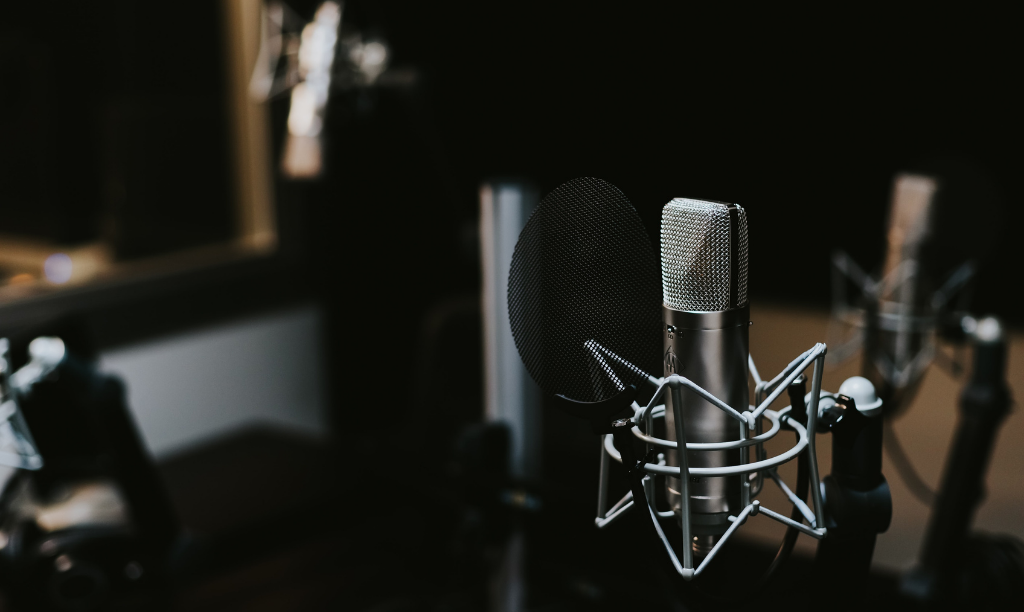Breathing is primarily an autonomous reflex. However, we can (to a degree) adapt it to suit our activities. Just like actors and singers, voice-over artists are required to follow the phrasing or punctuation of a script – this can often mean consciously controlling how and when to breathe in order to project and sustain the voice during longer sentences.
Below are a few exercises from our voice experts which will assist in extending and controlling the breath!
- Awareness of body and breath: Lie in semi-supine position if new to diagrammatic breathing; otherwise, sit or stand with your feet firmly on the floor and body relaxed yet supported. Take a deep, controlled breath in through the mouth for 10 seconds and place your hands on your abdomen – feel the expansion as the diaphragm pushes downwards. Exhale on a count of 10. Repeat 5 times. Now, place your hands on your ribs and repeat the above – feeling the rib cage expand on the in-breath and relax to neutral on the out-breath. Repeat this exercise 5 times.
- Diaphragm bounce: Think of the diaphragm as a trampoline. Try silently panting, feeling the diaphragm ‘bounce’ quickly up and down. Continue for up to 1 minute, but don’t go above this!
- Reducing audible inhalation: In one breath, count 1-10 out loud in a quick but natural manner – at the end, quickly drop a breath in whilst keeping an open jaw and throat. Count 1 -10 again, but this time take a breath in with a marginally less open jaw. Repeat the exercise whilst gradually closing the jaw until the lips are barely open. Listen throughout for audible inhalation and repeat with a slightly wider jaw if you can hear the breath.
- Breath building: Breathe in, feeling the abdomen expand, then breathe out whilst chanting (on the same note) 1-2-3-4-5-6-7-8-9-10 (and so on) until you comfortably run out of air. Do not strain or push the voice. You can also try this exercise in front of a mirror to visually check any tension in the larynx that might be creeping in.
